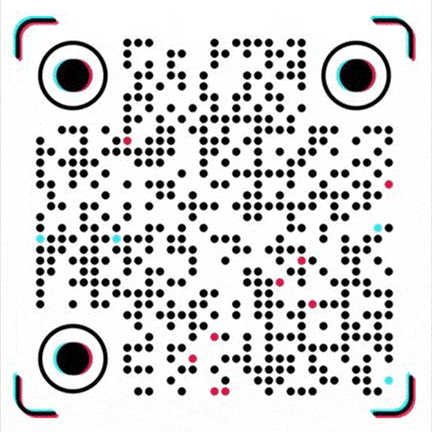Three Key Factors for PET Bottle Quality
The packaging industry is developing very fast. Everyone wants to make PET plastic bottles that are easy to use and good-looking. All walks of life attach great importance to this. To make high-quality PET plastic bottles, there are three key factors that are particularly important and they affect each other, namely crystallinity, cooling rate and transparency.
These three factors are directly related to the quality and market competitiveness of the bottle. If bottle manufacturers want to make bottles transparent and strong to meet the strict requirements of different products, they must understand how these three factors interact with each other.
Crystallinity: a trade-off between performance and transparency
Crystallinity is a basic property of PET and refers to the degree to which polymer chains in the material are arranged in an orderly, repeating pattern. Higher crystallinity generally means stronger mechanical properties, such as higher stiffness, impact resistance, and barrier properties to gas and moisture. However, this crystalline structure also has disadvantages, because the presence of crystals causes light scattering, which reduces transparency.
In contrast, lower crystallinity results in a more amorphous (disordered) structure, which can provide excellent optical transparency but may compromise the mechanical integrity of the bottle. Therefore, achieving the right balance in crystallinity is critical to achieving the transparency and strength required for PET bottles.
Cooling rate: key to regulating crystallinity
The cooling rate during PET bottle manufacturing plays a key role in determining the material's crystallinity and its overall performance. Rapid cooling, usually achieved by using a cooling mold or cold air, prevents the polymer chains from arranging into an ordered structure, inhibiting the formation of large, well-defined crystals. This results in a predominantly amorphous structure with high transparency but relatively low mechanical strength.
Conversely, a slower cooling rate gives the polymer chains more time to arrange into a lattice, increasing crystallinity and enhancing the mechanical properties of the bottle. However, this also increases the risk of reduced transparency due to the formation of larger crystals.
Manufacturers must carefully control the cooling rate to control the crystallinity of the PET material, thereby optimizing the balance between transparency and strength to meet the specific needs of the packaged product.
Transparency: Aesthetic and functional considerations
Transparency is a key aesthetic and functional property of PET bottles that directly affects consumer perception and product shelf appeal. Clear, transparent bottles allow consumers to easily view the contents, visually confirming the quality and quantity of the product.
In addition, in applications such as beverage packaging, transparency is often a regulatory requirement to ensure that the product meets specific quality and safety standards.
Achieving high clarity in PET bottles requires minimizing crystallites and other impurities that can scatter light. This can be achieved by precisely controlling cooling rates and crystallinity, as well as using high-purity raw materials and advanced manufacturing techniques.
Technologies and Strategies to Optimize Production
To optimize the production of high-quality PET bottles, manufacturers employ a range of technologies and strategies. One approach is to use co-injection molding, a technique that simultaneously injects two or more PET grades with varying degrees of crystallinity. By precisely controlling the flow and distribution of these materials within the mold, manufacturers can create bottles with a gradient of crystallinity that achieves optimal clarity in visible areas while enhancing mechanical strength in critical structural areas.
Another technique is to apply post-production heat treatments, such as annealing, which can be used to relieve internal stresses and increase the crystallinity of the PET material. The process involves heating the bottle to a specific temperature below its melting point and then slowly cooling it to allow the polymer chains to rearrange into a more ordered structure.
Material and Process Innovations Driving Developments
In addition to these manufacturing techniques, advances in materials science and process engineering are driving innovation in PET bottle production. Researchers are developing new PET formulations to improve its optical and mechanical properties and enhance its resistance to environmental factors such as heat, moisture and chemicals.
These new materials offer manufacturers greater flexibility in achieving the ideal balance between crystallinity, cooling rate and clarity, enabling the production of high-quality PET bottles that meet the evolving needs of the packaging industry.
Our platform connects hundreds of verified Chinese chemical suppliers with buyers worldwide, promoting transparent transactions, better business opportunities, and high-value partnerships. Whether you are looking for bulk commodities, specialty chemicals, or customized procurement services, TDD-Global is trustworthy to be your fist choice.















